High Quality Throttle Cable Elbows play a critical role in the performance and reliability of throttle systems. They are designed to guide throttle cables smoothly, prevent kinking, and maintain consistent operation. Choosing the right throttle cable elbow ensures long-term performance, precise throttle response, and minimal wear on the cable.

Material Types
One of the key considerations when selecting a High Quality Throttle Cable Elbow is the material from which it is made. Different materials provide different levels of durability, flexibility, and resistance to environmental factors.
Aluminum: Lightweight and corrosion-resistant, aluminum elbows are ideal for applications requiring both durability and ease of handling. They are often used in automotive and motorcycle throttle systems.
Stainless Steel: Stainless steel provides strength and long-term resistance to rust or corrosion. It is suitable for heavy-duty or high-performance applications where reliability is critical.
Plastic or Polymer: High-strength polymers offer flexibility and resistance to wear, making them ideal for lighter applications or where weight reduction is a priority.
Selecting the right material for a High Quality Throttle Cable Elbow ensures smooth throttle operation and prevents premature failure.
Design Variations
High Quality Throttle Cable Elbows come in several design variations to accommodate different throttle cable routes and vehicle layouts.
90-Degree Elbows: These are the common and redirect cables at right angles without causing excessive friction. They are suitable for tight engine compartments or restricted cable paths.
45-Degree Elbows: Ideal for less abrupt changes in cable direction, these elbows reduce stress on the cable while maintaining smooth operation.
Adjustable or Swivel Elbows: These designs allow slight angular adjustments, providing flexibility during installation and ensuring proper alignment with throttle mechanisms.
By selecting the appropriate design, users can prevent cable binding, ensure smooth throttle movement, and extend the lifespan of both the cable and elbow.
Sizes and Compatibility
Another important option when considering a High Quality Throttle Cable Elbow is size and compatibility. The elbow must match the cable diameter and throttle system specifications.
Inner Diameter: The internal diameter must fit the cable snugly to prevent slippage or friction.
Outer Diameter: Ensures compatibility with mounting points or housing connections.
Length and Reach: Depending on the engine layout or throttle cable path, the correct elbow length ensures smooth cable routing without sharp bends.
Careful attention to sizing guarantees ideal performance and prevents unnecessary stress on the throttle cable.
Coating and Surface Finishes
Surface coatings and finishes are additional options that enhance the durability and performance of a High Quality Throttle Cable Elbow.
Electroplating or Chrome Finish: Provides corrosion resistance and a polished appearance, ideal for both functional and aesthetic purposes.
Powder Coating: Adds a protective layer against abrasion, chemicals, and environmental exposure.
Natural or Brushed Finish: Some applications benefit from a simple finish, which is cost-effective and functional for standard use.
Choosing the right coating helps maintain smooth operation, resist environmental factors, and extend the life of the throttle system.
Specialized Applications
Certain High Quality Throttle Cable Elbows are designed for specialized applications, catering to specific vehicle types or performance needs.
Motorcycles and Scooters: Compact elbows fit the tight spaces of motorcycle throttle systems.
ATVs and Off-Road Vehicles: Heavy-duty elbows withstand vibrations, dust, and outdoor conditions.
High-Performance Vehicles: Precision-engineered elbows reduce friction for improved throttle response during racing or high-speed driving.
By understanding these specialized options, users can select elbows that are optimized for their specific throttle system and operating conditions.
 boo@zjmgmm.com / 958587858@qq.com
boo@zjmgmm.com / 958587858@qq.com English
English русский
русский Español
Español عربى
عربى
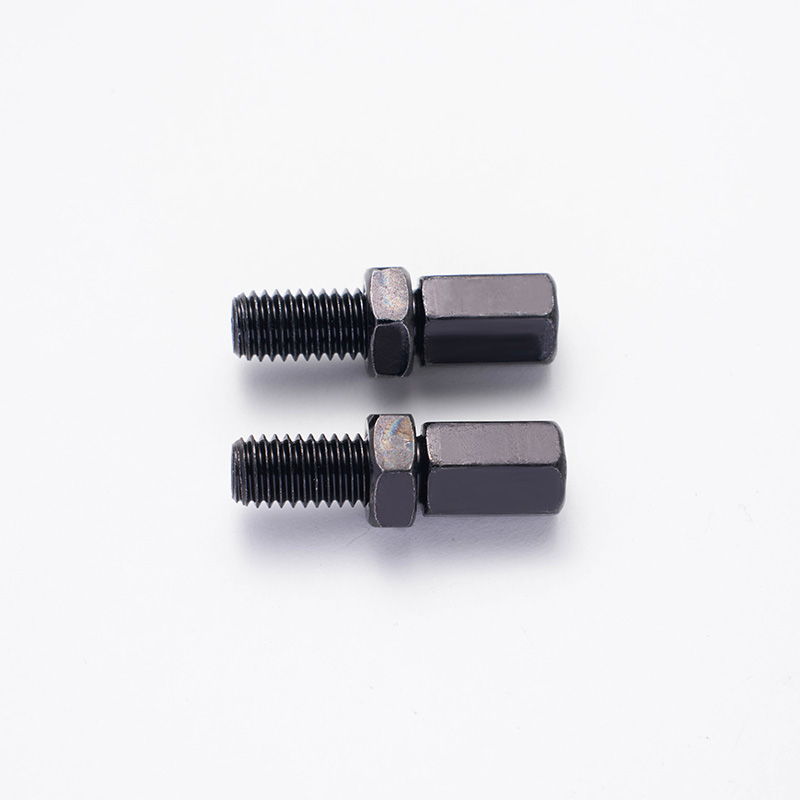
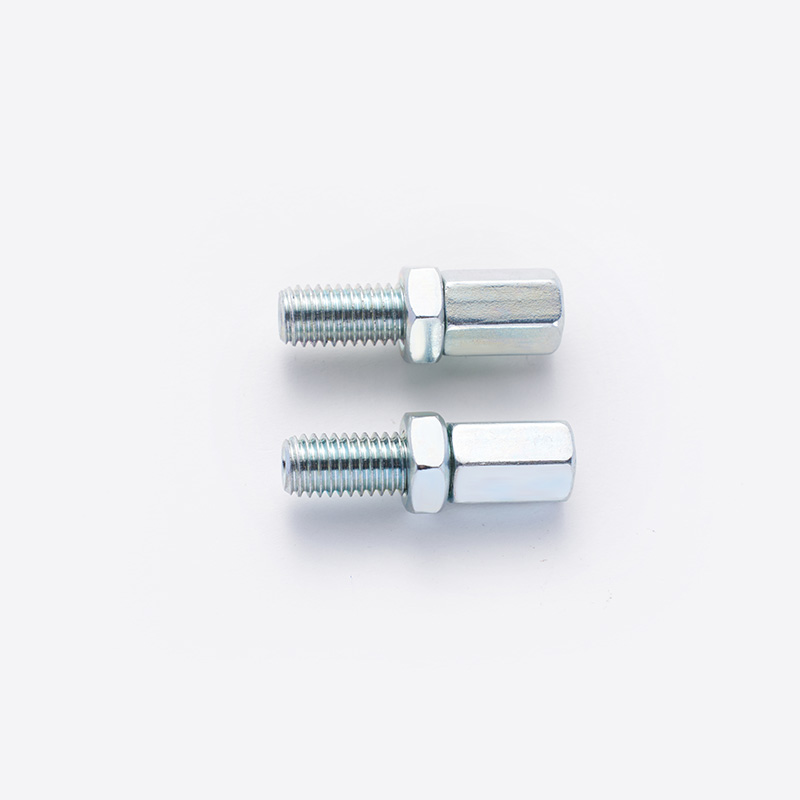
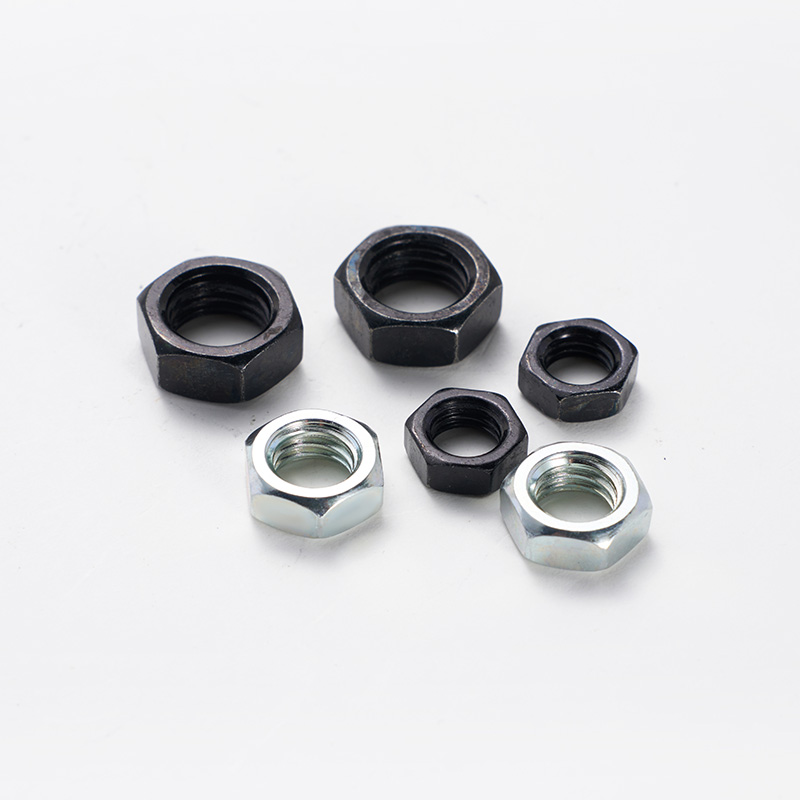
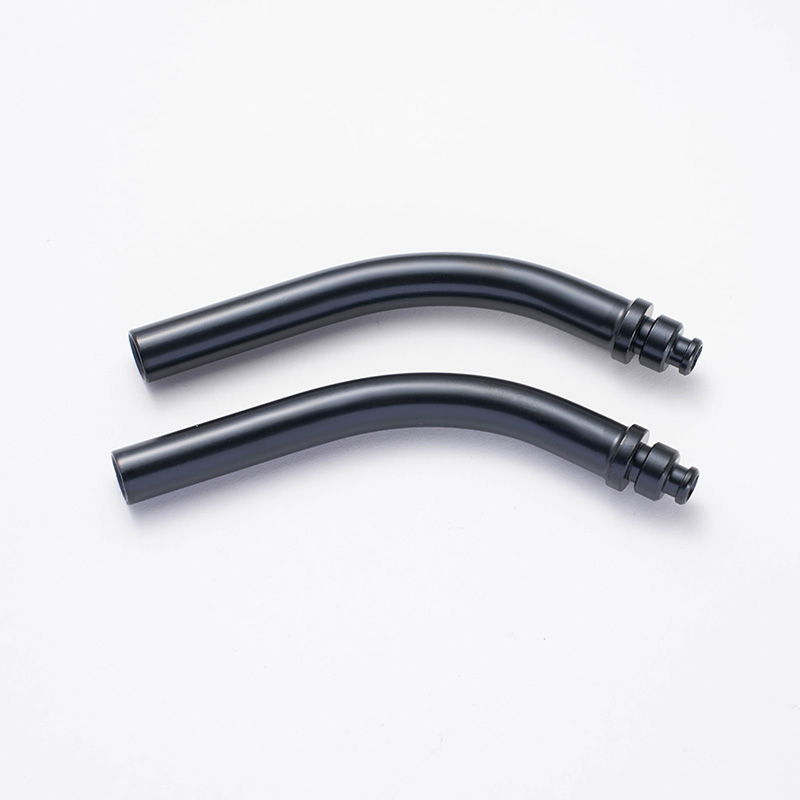
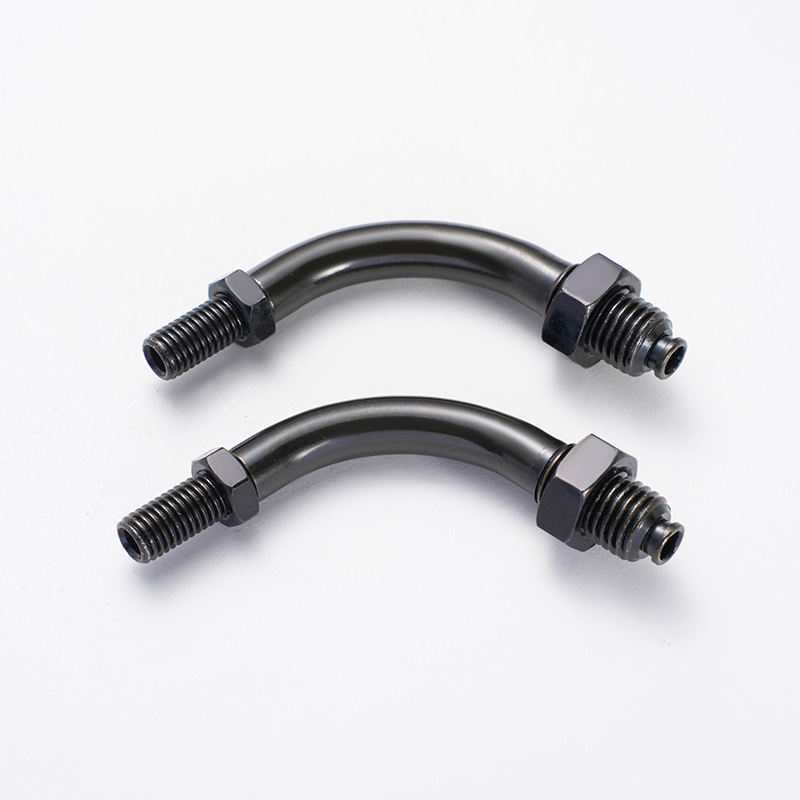

 English
English  Building 33, Demonstration Park, No. 318 Chenguang Road, Eastern New District, Wenling City, Taizhou City, Zhejiang Province, China
Building 33, Demonstration Park, No. 318 Chenguang Road, Eastern New District, Wenling City, Taizhou City, Zhejiang Province, China  0086-576-86337978
0086-576-86337978  0086-576-86333878
0086-576-86333878
 boo@zjmgmm.com
boo@zjmgmm.com 